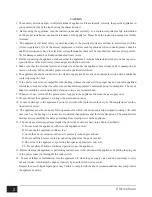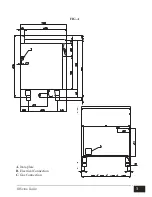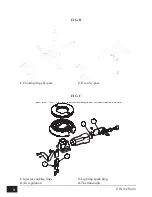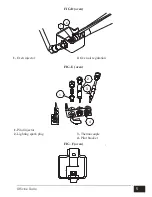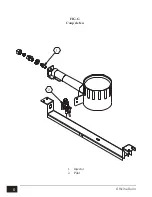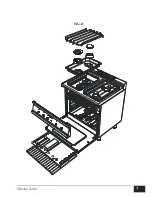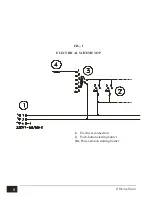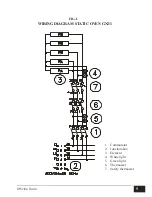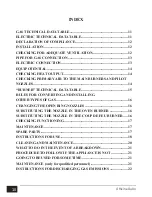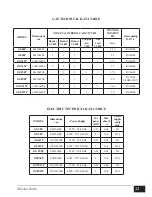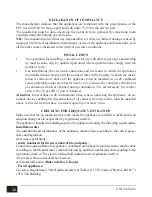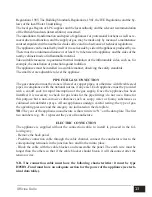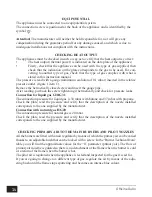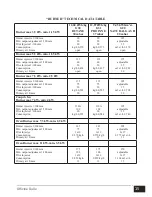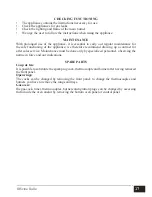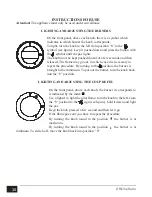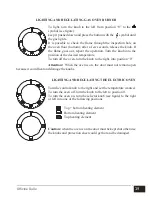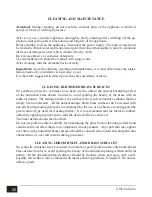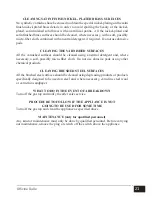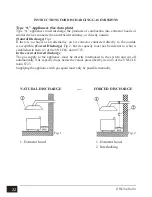
14
Officine Gullo
EQUIPOTENTIAL
The appliance must be connected to an equipotential system.
The connection screw is positioned at the back of the appliance and is identified by the
symbol
.
Attention!
The manufacturer will neither be held responsible for, nor will give any
compensation during the guarantee period for any damage caused, and which is due to
inadequate installations not compliant with the instructions.
CHECKING HEAT OUTPUT
The appliances must be checked in such a way as to verify that the heat output is correct:
•
The heat output (thermal power) is indicated on the data plate of the appliance;
•
Firstly, check that the appliance can be used with the type of gas supplied; then
check that the indication on the plate corresponds to the gas to be used. For con-
verting to another type of gas, check that the type of gas complies with what is
stated in this instruction manual.
The pressure is read with a gauge (minimum resolution of 0.1 mbar) inserted in the relative
pressure outlet. (figure 1 item C).
Remove the hermetically closed screw and insert the gauge pipe.
After reading, put back the screw tightening it hermetically and check for pressure leaks.
Connection for liquid gas G30/G31
The connection pressure for liquid gas is 30 mbar with butane and 37 mbar with propane.
Check the plate, read the pressure and verify that the description of the nozzle installed
corresponds to the one supplied by the manufacturer.
Connection with natural gas H G20
The connection pressure for natural gas is 20 mbar.
Check the plate, read the pressure and verify that the description of the nozzle installed
corresponds to the one supplied by the manufacturer.
CHECKING PRIMARY AIR TO THE MAIN BURNERS AND PILOT NOZZLES
All the burners are fitted with an air regulator by means of which the primary air can be varied
thanks to an adjustable bush that can be locked with a screw. In the “Burner Technical Data”
table you will find the approximate values for the “h” parameter (primary air). The flow of
primary air must be regulated so there is no detachment of the flame when the burner is cold
or a return of the flame when the burner is hot.
The pilot air is regulated when the appliance is tested and inspected for the gas it is set for.
If you are going to change to a different type of gas, regulate the air by means of the adju-
sting bush until the flame stops sputtering and becomes an intense blue colour.


